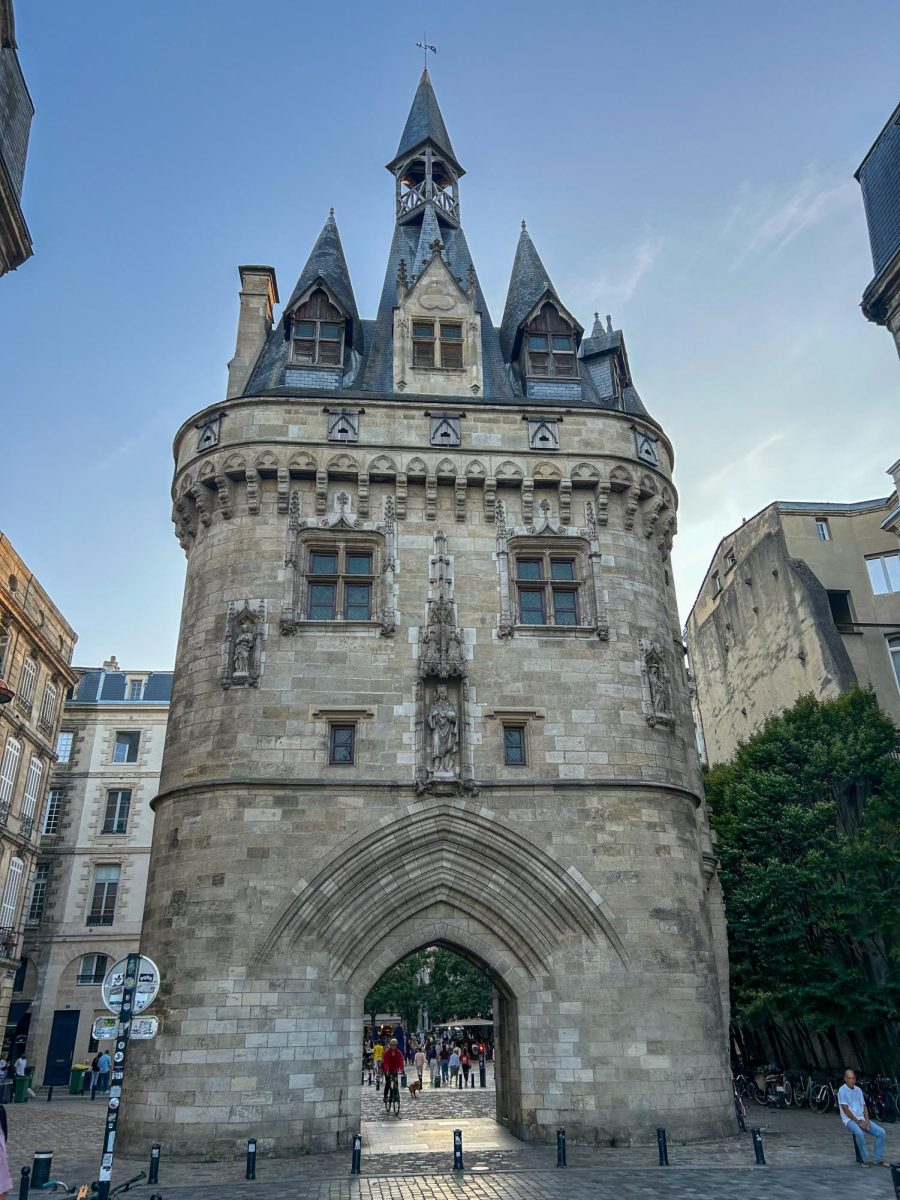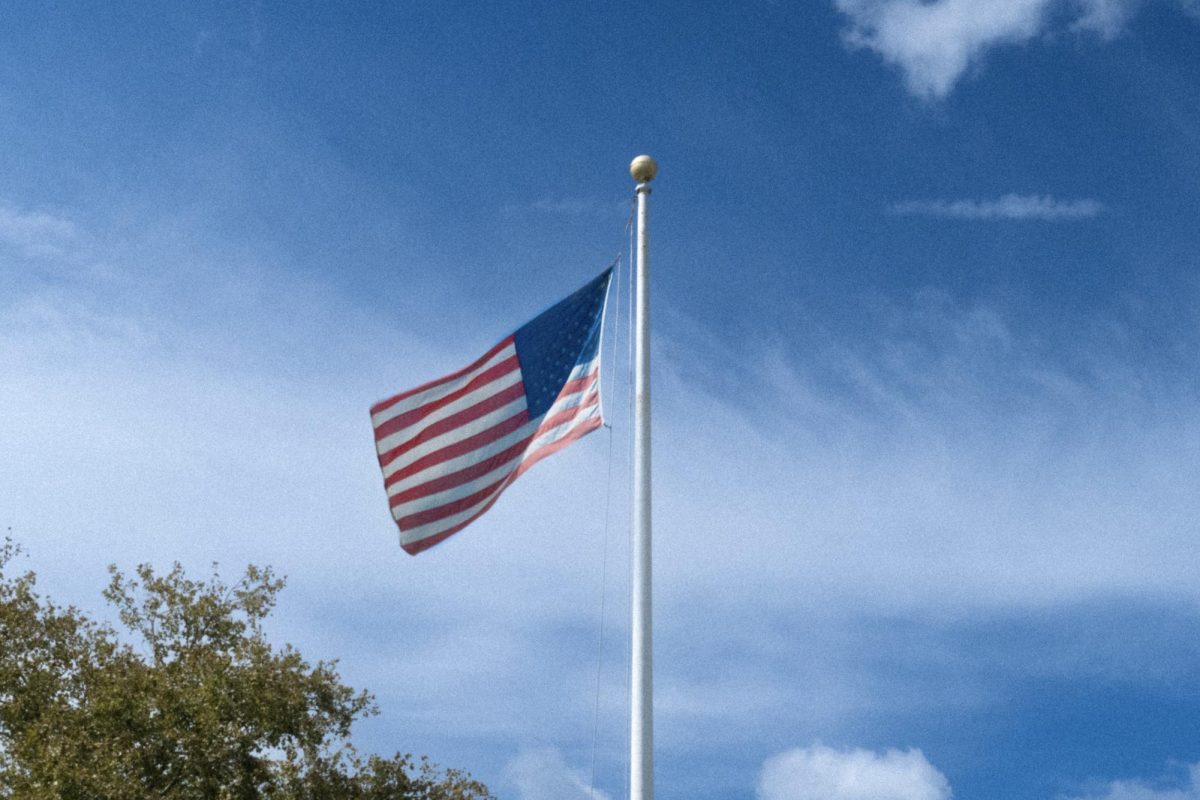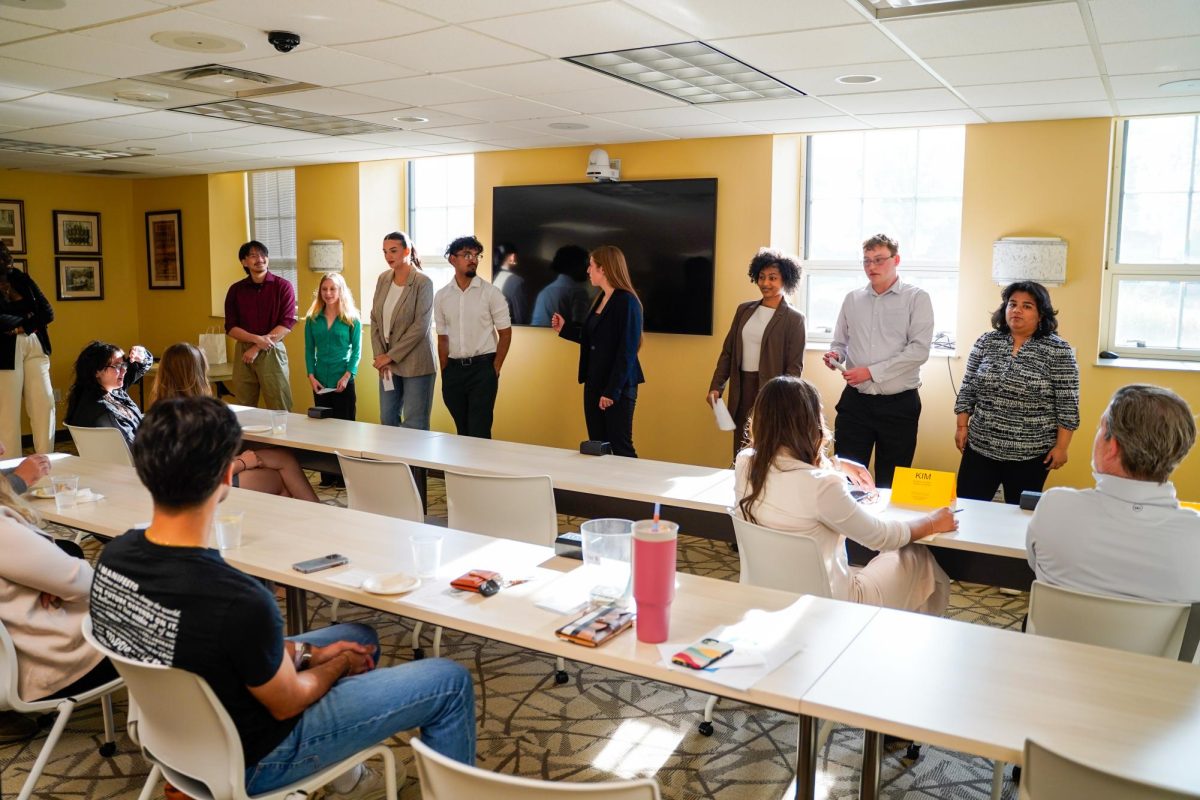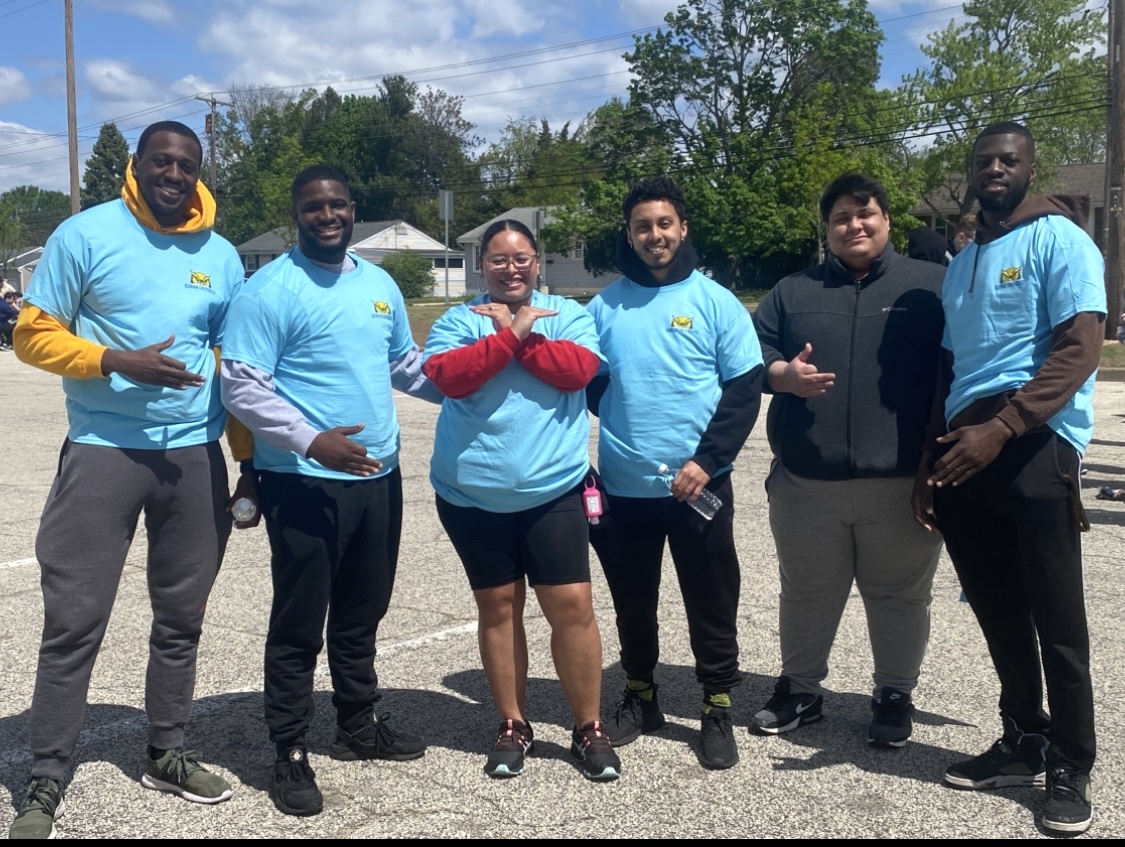“Race, Responsibility, and Respect” was the call to action for leaders of both the National Association for the Advancement of Colored People (NAACP) and the Black Student Union of Rowan University, who came together to curate this year’s Town Hall Meeting.
The event, hosted at Bunce Hall’s Tohill Theater, took place Wednesday, Sept. 28. The event was created with the intent of serving as a safe space and proper public address for students of color. Attendees included various undergrad classes, graduate students, members of the student government, campus administrators, leaders within the NAACP and The Division of Diversity, Equity, and Inclusion (DEI), and even some major news outlets.
This meeting followed many recent and major occurrences in relation to racial discrimination, campus policing, and the restriction of homecoming events.
“This year, as many people may know, a student in Holly Pointe Commons had anti-black racial slurs written on her door which was very unacceptable. That was one of the biggest reasons why we thought a town hall meeting would be good [to have] to hear the opinions of other students,” said Simone Brooks, vice president of Rowan’s NAACP.
The meeting came just under a year after the organizations teamed up to hold their Black Students Matter protest at the Chamberlain Student Center.
“I would say I was more of a fan of this event,” said BSU Vice President Michael Nash on the comparison of approaches between the Black Students Matter protest and the Town Hall Address. “It gave other students a chance to voice their perspectives. A lot of times the people involved in the protest are plugged in [to campus] constantly organizing…this time it was different because students were able to go up to the microphone and say what they had to say to the people that can make a change.”
The event featured an open floor session led by Gabrielle Langevine, the president of the NAACP, and Michael Nash, vice president of the Black Student Union. In the time provided, students came up and shared experiences, questions, and concerns about black life on campus in an open forum that lasted roughly two hours.
“One thing that stood out to me was this girl that said she had no hope for change and she just thinks that they don’t care. That statement stood out to me because it defined how much more work we have to do. We have to continue to unite and go into these spaces as student leaders and find out what the needs and wants of our student body are,” Nash said. “How can we motivate and bring life into the students who feel as though they may not have a voice?”
During the meeting, some important topics that were discussed were the university’s responses to racial discrimination and threats made to black students as well as the curation of more safe spaces for the black students of Rowan. The inclusion within certain majors was expressed because of the amount of Africana studies courses available within the school.
The meeting was closed by remarks from Gabrielle Langevine, Michael Nash, and Raymond Wos, SGA assistant vice president of the DEI.
Capping out at about two hours of runtime, leaders of both the BSU and NAACP as well as students regarded the event as a mark of progress within the community and a new approach to opening doors.
For comments/questions about this story tweet @TheWhitOnline or email [email protected].

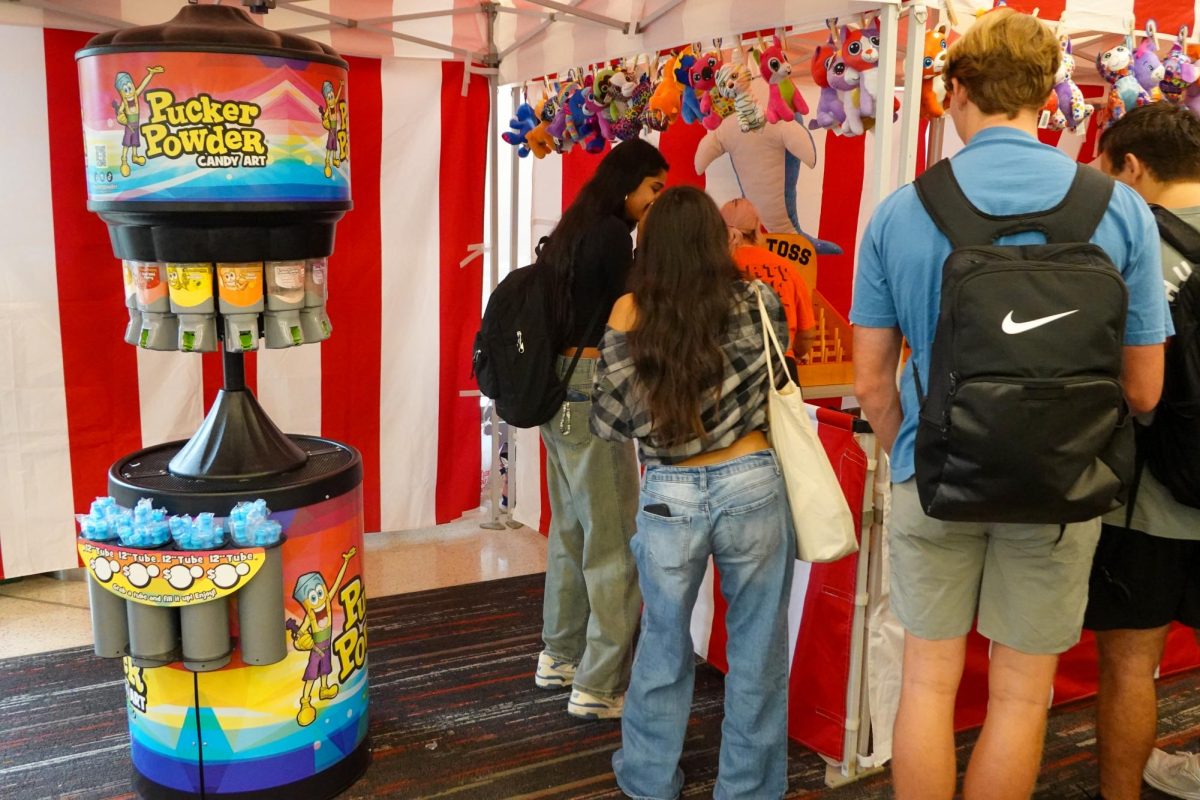
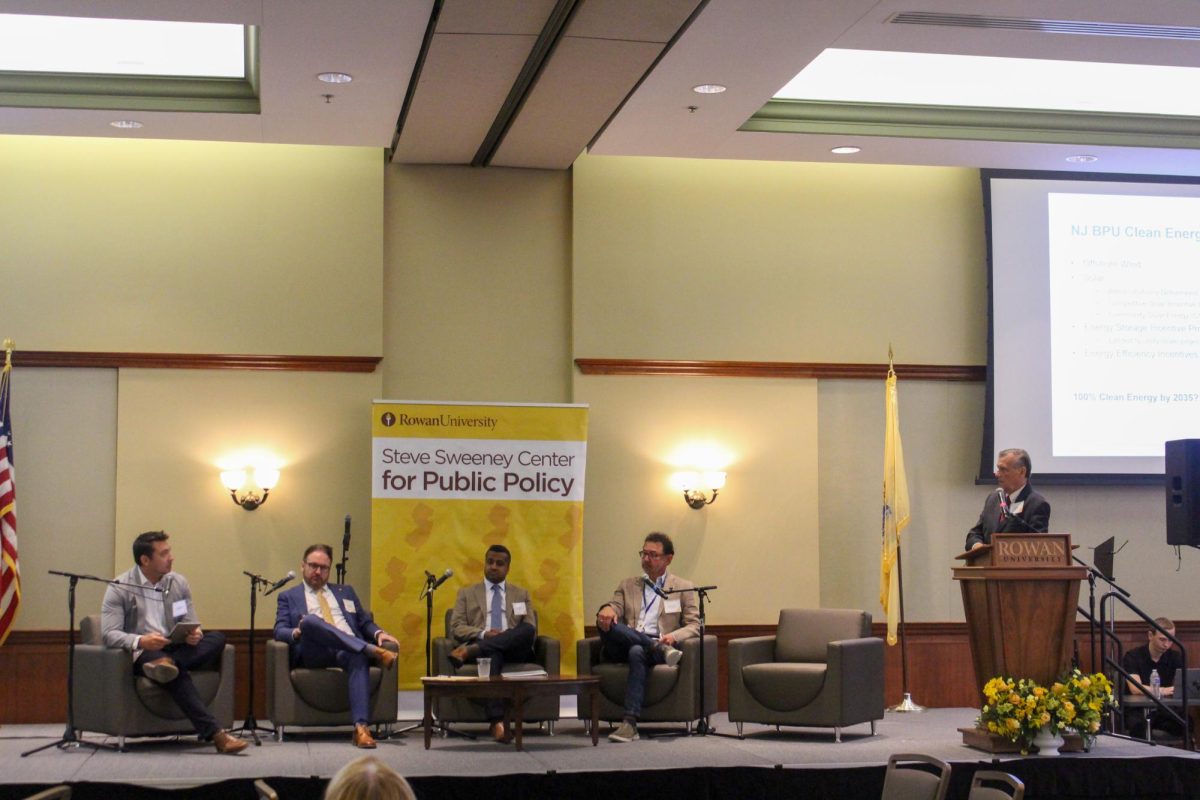

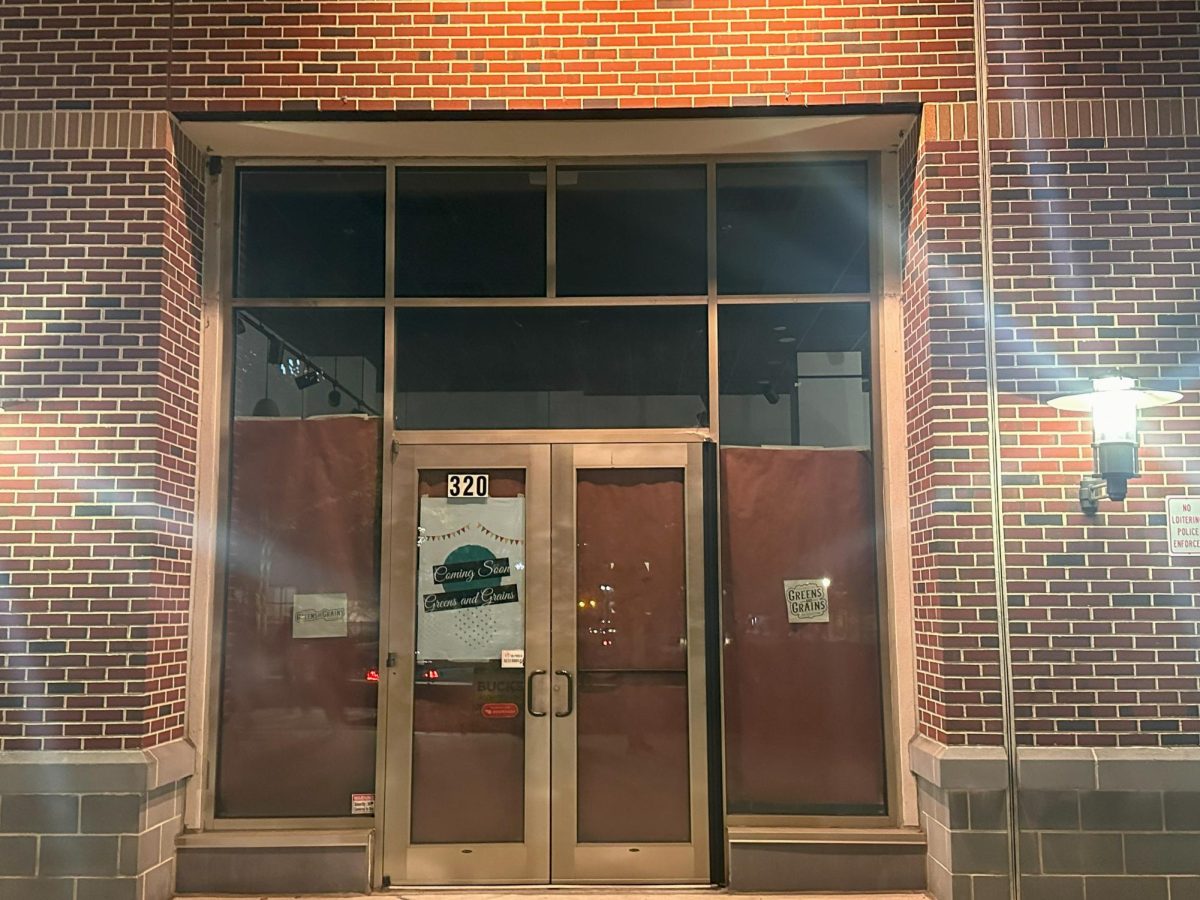


















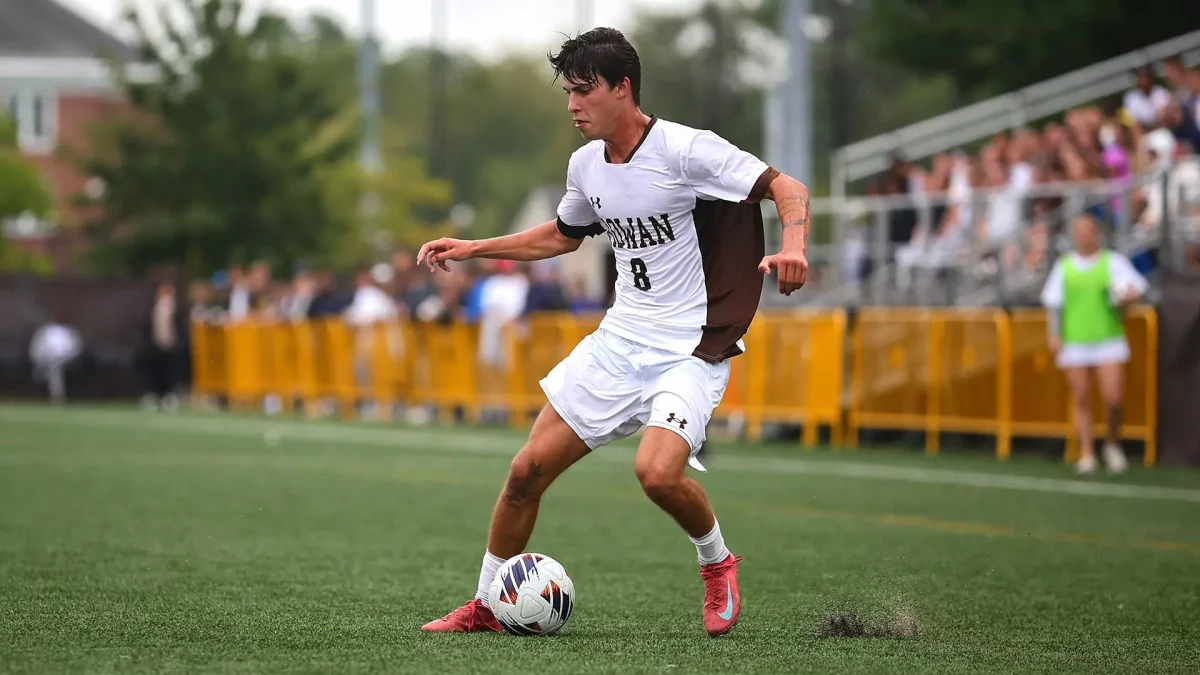
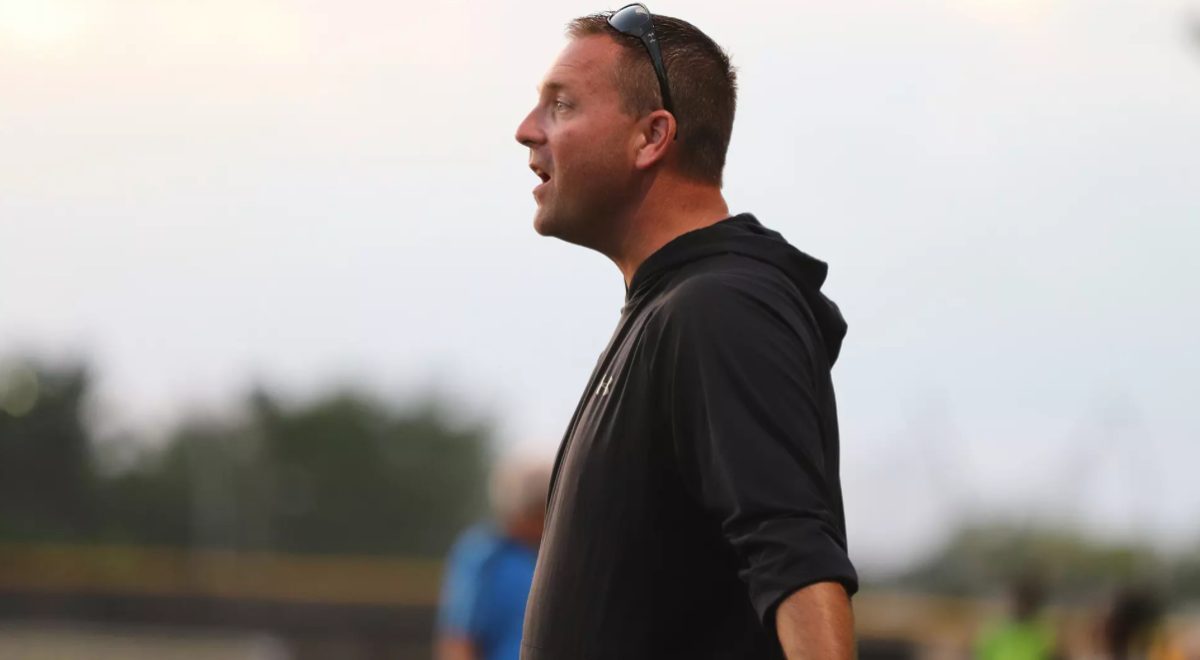



































































































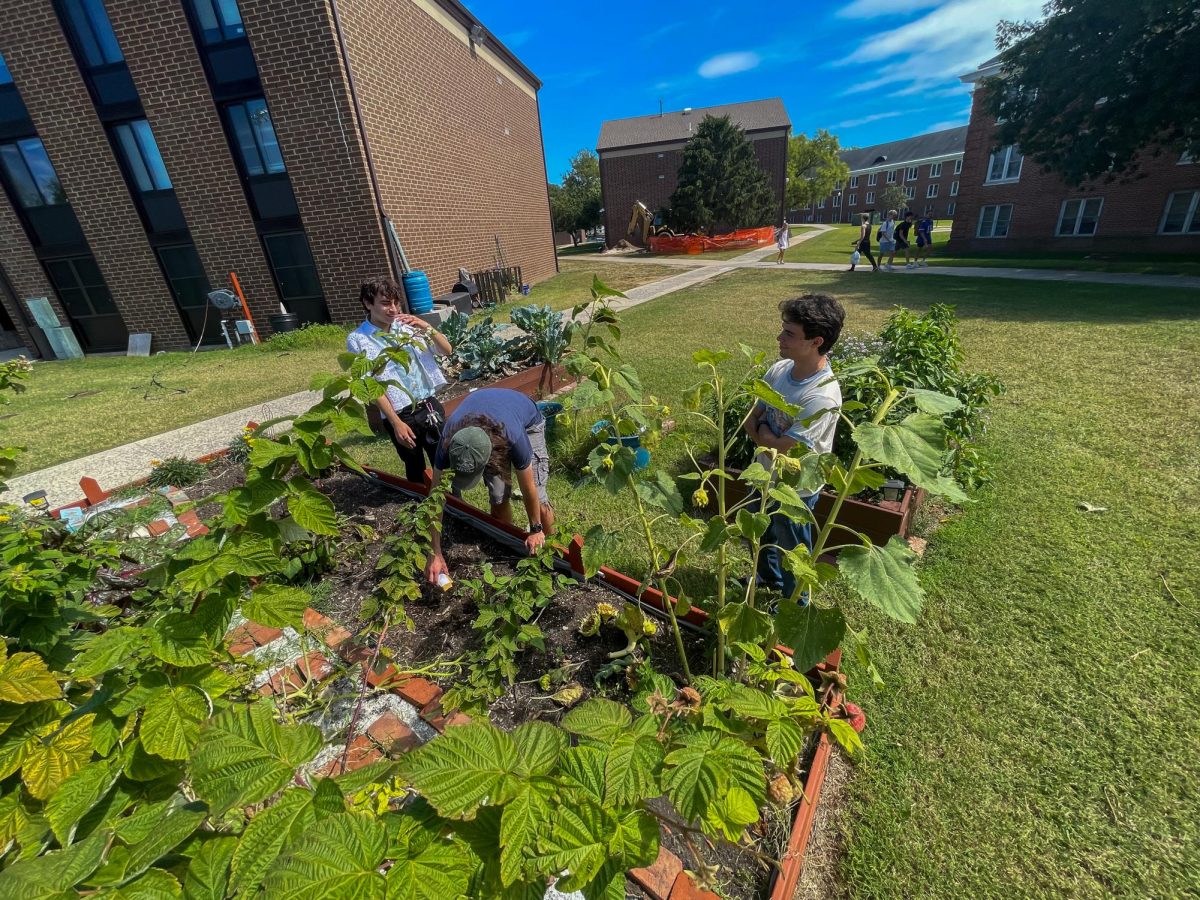



















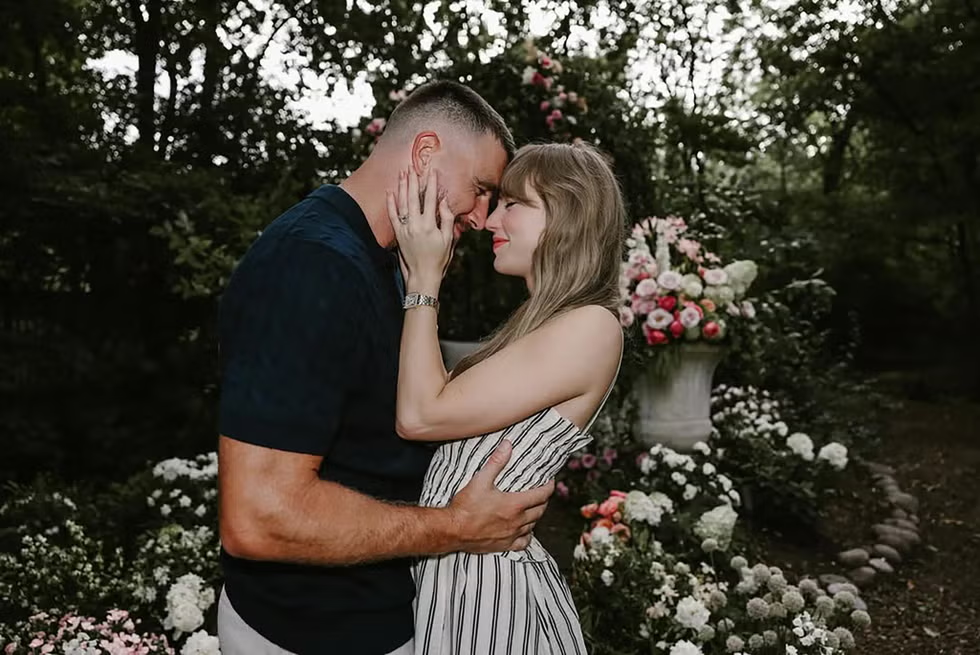

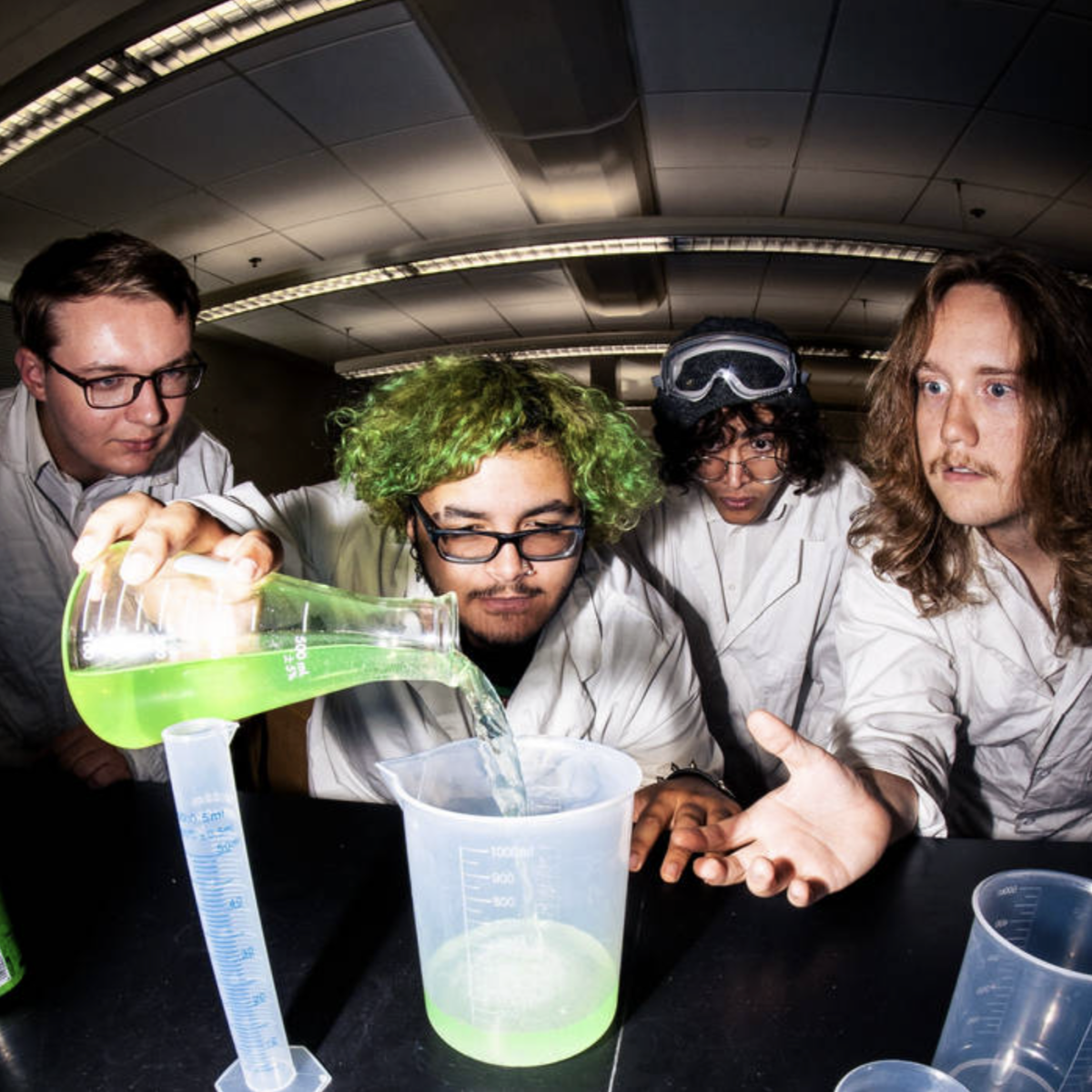




!["Working with [Dr. Lynch] is always a learning experience for me. She is a treasure,” said Thomas. - Staff Writer / Kacie Scibilia](https://thewhitonline.com/wp-content/uploads/2025/04/choir-1-1200x694.jpg)















